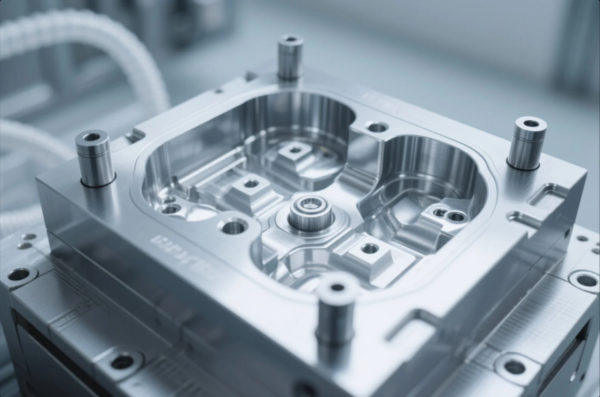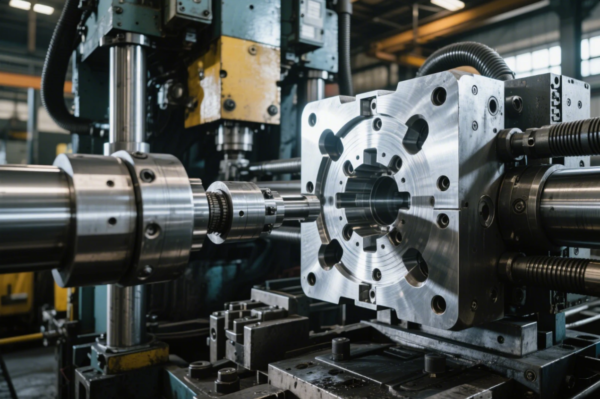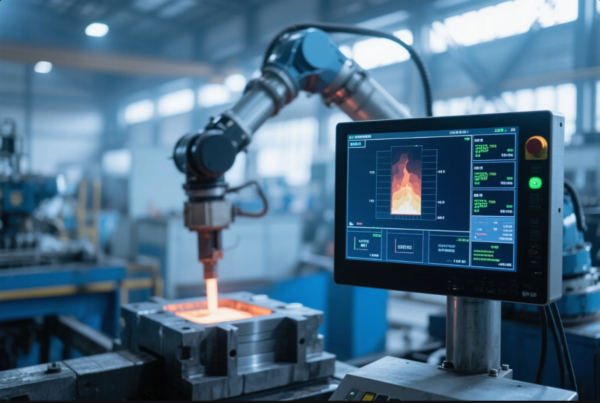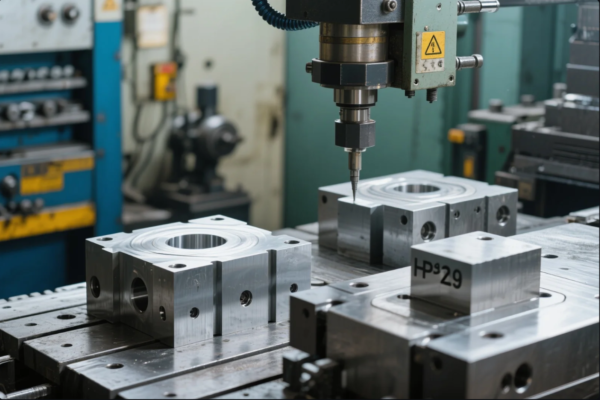Should a Beginner Use a MIG or ARC Welder?
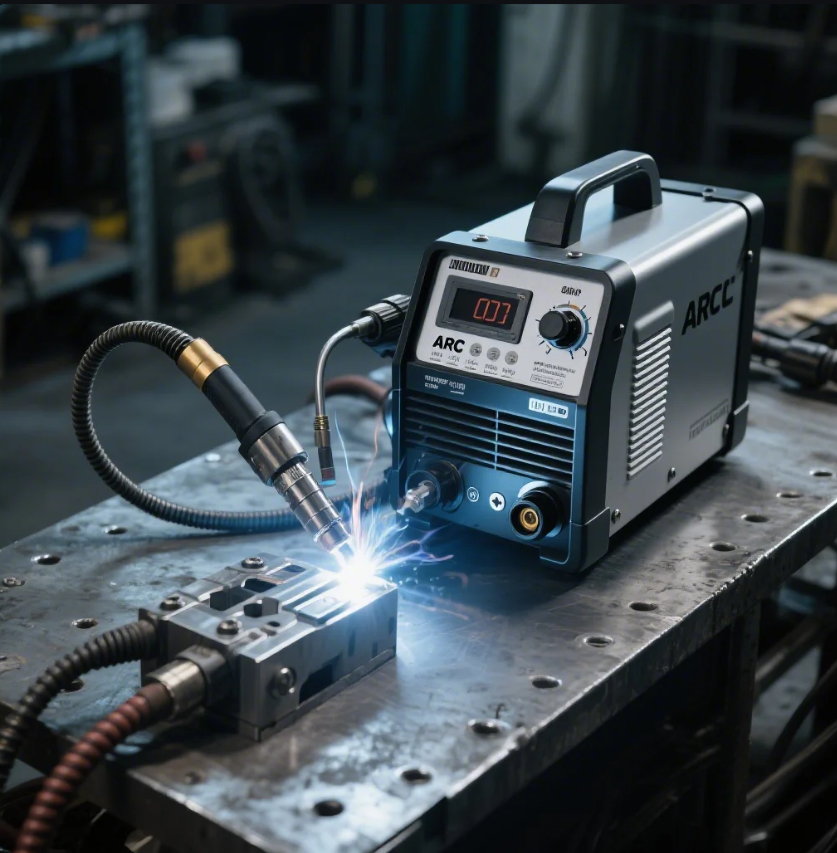
For a beginner, choosing the right welder is crucial to making the learning process smoother and more effective. Let's break down your options in detail, considering various factors such as ease of use, material types, and specific project needs.
Snippet paragraph:
Choosing between a MIG and ARC welder can be tricky for beginners. This guide helps you decide which one suits your needs and offers step-by-step advice.
Transition paragraph:
Keep reading to find out which welding technique is best for beginners, its key advantages, and how to make your learning process smoother and more efficient.
Is a MIG or Arc Welder Better for Beginners?
Choosing the right welder for your needs is essential, especially if you are new to welding. While both MIG and Arc welding have their advantages, understanding the difference between the two can help you make an informed decision.
Snippet paragraph:
MIG and ARC welding have different features. Understanding the pros and cons of each will help you decide which one is better for beginners.
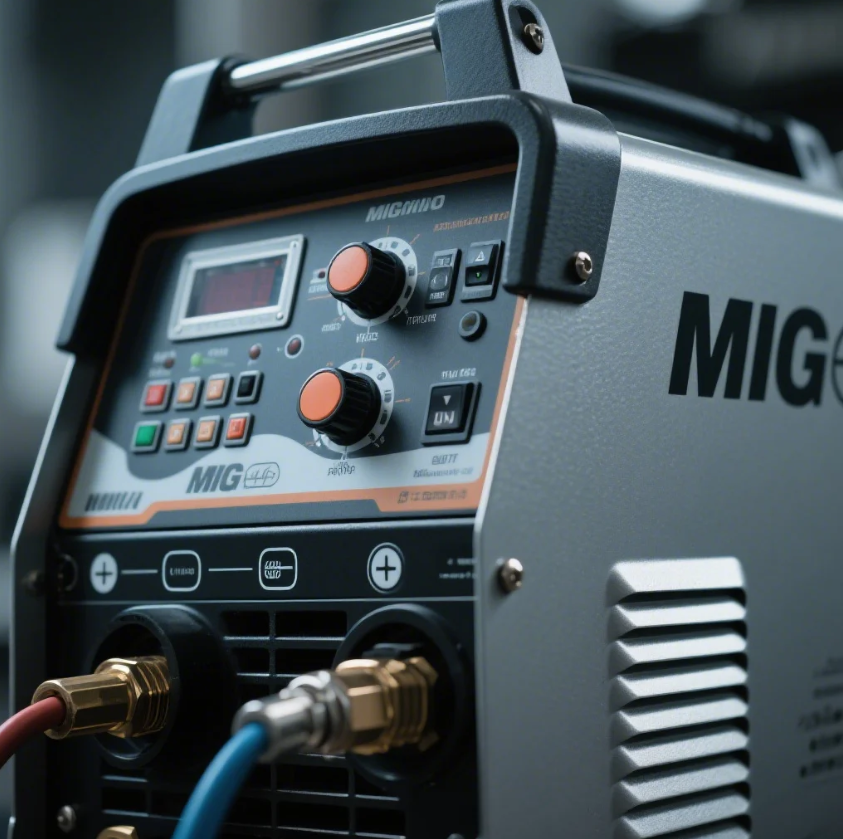
MIG Welding for Beginners
MIG welding, short for Metal Inert Gas welding, is one of the most popular choices for new welders. It uses a continuous wire feed to join metals, which makes it much easier to control compared to ARC welding. MIG welders are great for beginners because they produce cleaner welds with less spatter, require less post-welding cleanup, and are generally more forgiving.
MIG welding’s simplicity is one of its strongest points. Unlike other welding techniques, you do not need to continuously strike an arc or adjust the settings constantly while you weld. This makes it ideal for new welders who need to focus on improving their technique without worrying about technicalities.
Why MIG Welding Works for Beginners:
- Easy to Learn: MIG welding is often referred to as "the easy welding" because it is very user-friendly, even for beginners. It’s less prone to errors and more forgiving compared to other techniques.
- Faster Learning Curve: Due to the continuous wire feed, you don’t need to worry about constantly striking an arc like with ARC welding.
- Clean Welds: MIG welders produce smooth, consistent welds with less spatter, making them easier to clean up and reducing the amount of time spent finishing the weld.
What Makes MIG Welding Ideal for Beginners?
MIG welding is often chosen because of its simplicity and accessibility for those starting out. If you're looking to do general purpose welding on materials like mild steel, stainless steel, or aluminum, MIG will get the job done effectively. It is also widely used in automotive repairs, home projects, and construction, making it a versatile choice.
Additionally, many MIG welders are available with adjustable settings for voltage and wire speed, allowing you to customize your settings for different materials and projects, which can help with the learning process.
ARC Welding for Beginners
While MIG welding is a great option for many, some beginners may find that ARC welding suits their needs better, depending on the type of welding project they plan to undertake. ARC welding, or stick welding, uses an electrode that melts as you work, creating a strong, durable bond. However, it does come with a steeper learning curve.
Unlike MIG welding, ARC requires more skill to control the heat and the electrode, especially when trying to maintain a consistent weld. While MIG welding is considered easier to learn, ARC welding has a more robust finish, especially for tougher materials.
Pros and Cons of ARC Welding for Beginners:
| Pros | Cons |
|---|---|
| Affordable equipment | Requires steady hands and focus |
| Works well on thicker metals | More spatter, requiring more cleanup |
| Strong welds | Harder to control for beginners |
| Can be used outdoors | Less forgiving for beginners |
Is ARC Welding Worth It for Beginners?
ARC welding has its place, especially when you need to work outdoors or on thicker metals. If you plan to weld on thick metal plates or work in rugged environments, ARC welding can offer a reliable and strong bond.
However, beginners often find ARC welding challenging due to the need to constantly strike an arc and maintain control over the electrode. It’s better suited for those who want to take on more heavy-duty projects after gaining some initial experience.
What Type of Welder Should a Beginner Start With?
When starting out, it's important to consider factors like ease of use, the types of materials you'll be working with, and your long-term goals. For many beginners, the goal is to get up to speed quickly without sacrificing quality or spending excessive time on difficult techniques.
Snippet paragraph:
For beginners, it’s best to choose a welder that offers a balance of ease and versatility. MIG welding tends to be more forgiving, while ARC welding may provide better results for certain types of projects.
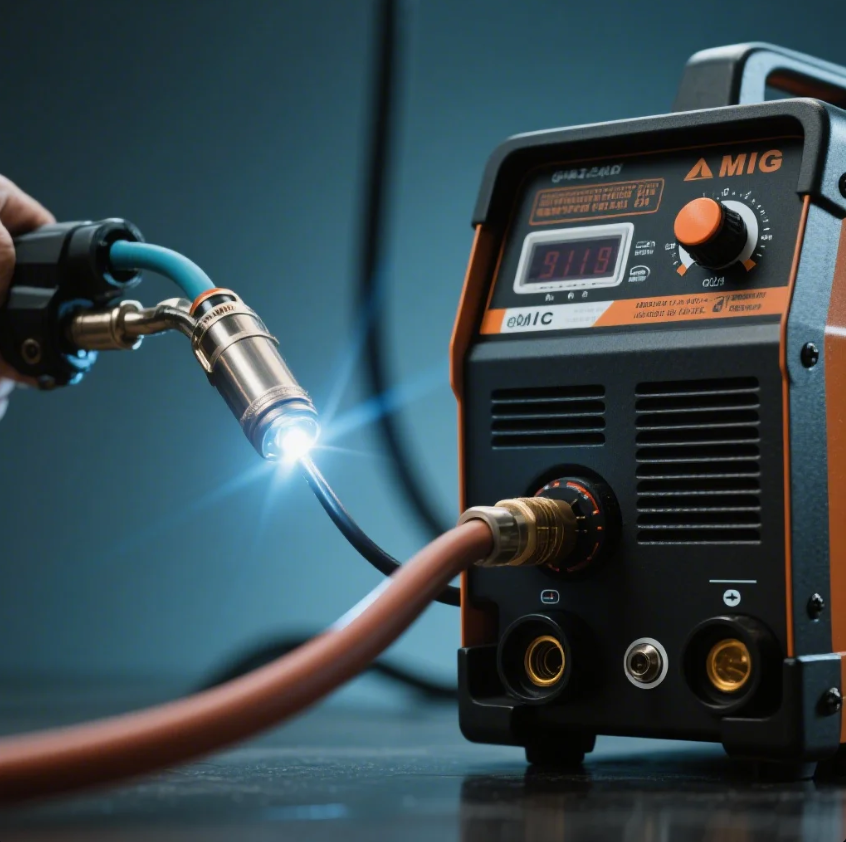
Consider Your Project Needs
If you’re planning to weld thin metals or work on smaller projects, MIG welding will likely be your best bet. It is perfect for indoor welding and works great with thin materials, such as sheet metal or pipes. The user-friendly nature of MIG welding makes it an excellent starting point for beginners who want to dive into welding without too much complexity.
On the other hand, ARC welding excels when working with thicker metals and outdoor projects, as it’s more versatile in different environments. If you’re planning to weld large structures or conduct repairs in outdoor settings, ARC welding will serve you well.
MIG vs. ARC for Different Projects
| Project Type | Best Option |
|---|---|
| Thin metals | MIG welding |
| Outdoor welding | ARC welding |
| Heavy-duty work | ARC welding |
| Smaller repairs | MIG welding |
Key Points for Beginners:
- MIG Welding: Great for thin metal, smaller projects, and indoor work. Easier to control with quicker learning.
- ARC Welding: Best for heavy-duty work, thicker metals, and outdoor projects. Requires more skill to master.
Is MIG Welding Easy for Beginners?
MIG welding is often seen as one of the easiest welding techniques to learn, especially for beginners. Thanks to its simple design and continuous wire feed, it requires less practice than other welding types.
Snippet paragraph:
MIG welding is generally considered one of the easiest techniques for beginners due to its simplicity and forgiving nature.
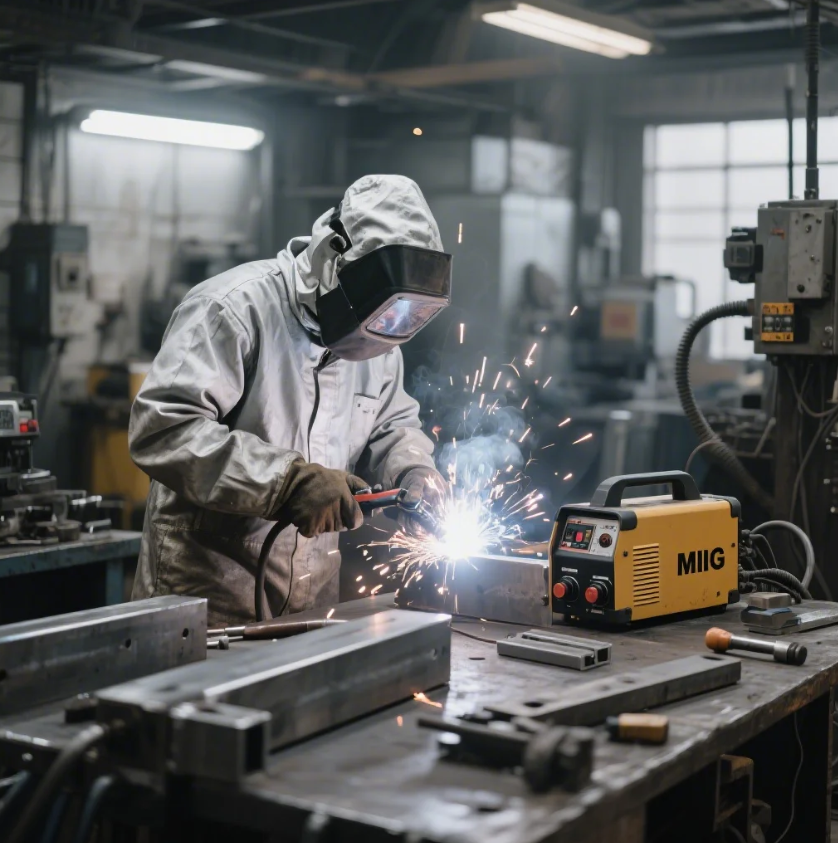
Why MIG Welding is Easier for Beginners
Unlike TIG or ARC welding, MIG welding doesn’t require constant attention to the electrode. The wire feed is automatic, so once you have your settings adjusted, you just need to focus on guiding the weld. Additionally, MIG welders can produce cleaner, more polished welds with less practice, which reduces the amount of finishing work needed.
With MIG, the key is to practice controlling the speed of the wire feed and the movement of the torch. Once you’ve mastered these basic skills, you’ll be able to lay down clean welds with minimal effort.
MIG Welding Setup and Techniques
MIG welding requires a few key steps to set up:
- Choose the correct wire feed and shielding gas.
- Adjust the settings based on material thickness.
- Practice proper torch angle and speed.
With practice, you’ll be able to lay down clean, strong welds without the frustration often associated with other welding types.
Should I Learn MIG or TIG Welding First?
Many beginners are often torn between MIG and TIG welding. While MIG is typically the best starting point, understanding the differences between these two welding types is essential for determining which one to focus on first.
Snippet paragraph:
TIG welding requires more skill than MIG, making it more suitable for those with some prior welding experience. If you're just starting out, MIG welding is a good choice.
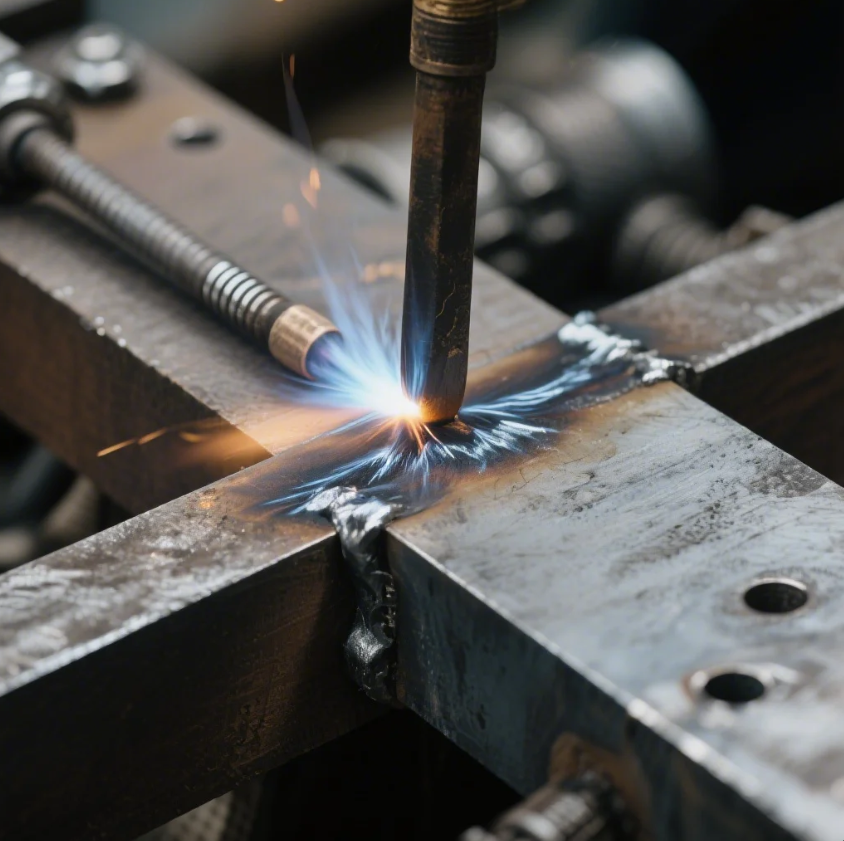
MIG Welding vs. TIG Welding: What’s the Difference?
- MIG Welding: Easier for beginners, offers versatility, and is great for most metals.
- TIG Welding: Requires more skill and attention to detail but produces higher-quality welds, especially on thin metals.
TIG welding is more specialized and typically used for high-precision work, like welding thin metals or doing intricate repairs. It requires both hands to work—one for controlling the torch and the other for feeding the filler rod. Because of this, TIG welding is often seen as a more advanced technique.
MIG Welding First, Then TIG?
If you plan to weld thin, intricate materials and need high-precision welds, TIG may be the better choice once you have mastered MIG. However, MIG is a great entry point for all beginners, as it’s more forgiving and easier to control. Once you feel comfortable with MIG, transitioning to TIG will feel more manageable.
Conclusion
For beginners, MIG welding is the most straightforward choice, offering ease of use, versatility, and quick learning. It allows beginners to quickly get started on a variety of projects, and once you feel confident, you can move on to more advanced techniques like TIG welding.
Remember, welding is a skill that improves with practice, and the right welder can make all the difference. Choose MIG if you're just starting out, and let it guide you to success.

